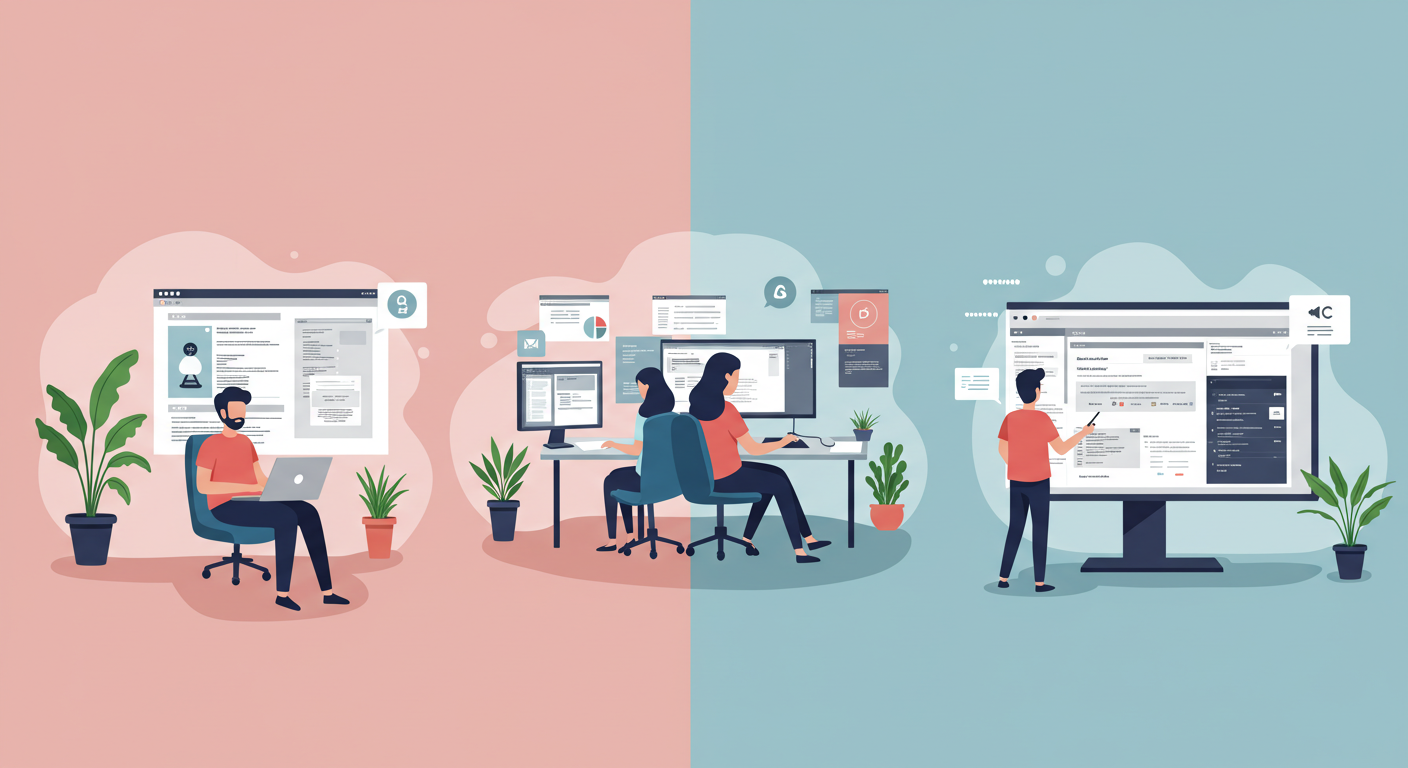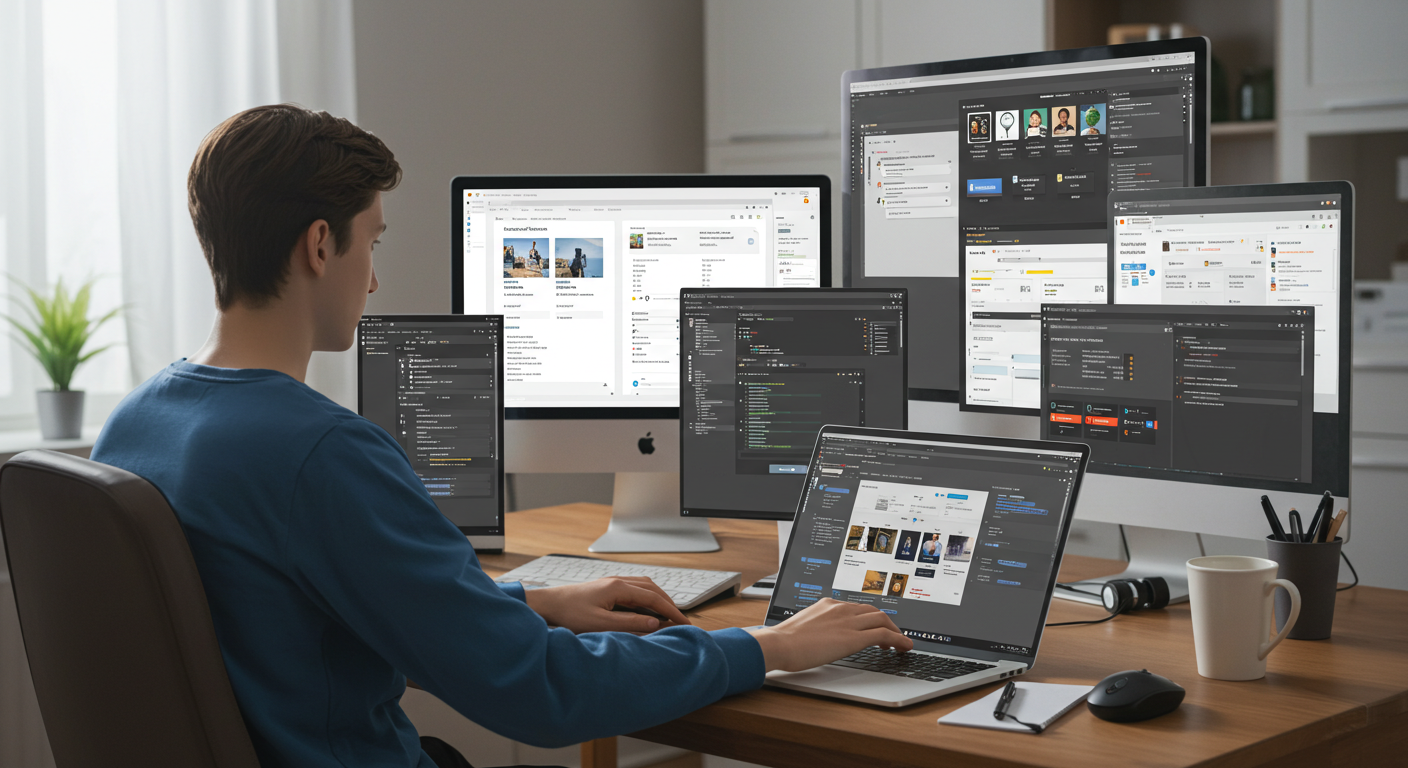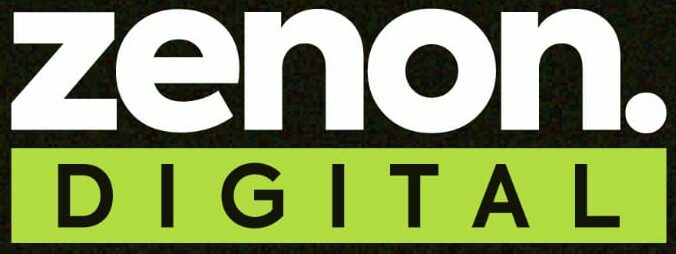How to Build Your First WordPress Developer Portfolio (Step-by-Step)

If you’re new to WordPress development, you’ve probably heard this advice a thousand times: “Build a portfolio.”
But here’s the problem when you don’t have clients yet, how do you even start one?
The truth is, a portfolio isn’t just about paid projects. It’s about showing proof of your skills, your creativity, and your ability to solve problems. Clients don’t just buy “WordPress websites” they buy trust. And your portfolio is the fastest way to build it.
Here’s how to do it step by step:
Step 1: Define What You Want to Showcase
Do you want to specialize in e-commerce? Blogging sites? Corporate websites? Landing pages?
Pick a focus, so your portfolio looks intentional rather than random. For example, if you want to work with small businesses, showcase sites that look like small business websites.
Step 2: Build Sample Projects
Don’t wait for clients to give you work. Create your own.
- Build a blog site with custom themes.
- Create a small WooCommerce shop.
- Redesign an existing popular site (just for practice).
Even one or two good examples can make your portfolio look professional.

Step 3: Document the Process
Clients love to see how you think. Instead of just showing the final site, write 3–5 lines under each project explaining:
- The problem (e.g., “Site was slow and hard to navigate”)
- What you did (e.g., “Optimized images, customized theme, added caching”)
- The result (e.g., “Site speed improved from 5s to 1.8s”)
This makes you stand out from beginners who just throw screenshots around.
Step 4: Use the Right Tools to Showcase
You don’t need a fancy site at first. Even a clean WordPress portfolio page, GitHub repo, or Behance profile works.
Later, invest in your own domain (e.g., YourName.dev) nothing says “serious professional” like having your own website.
Step 5: Keep Updating
Your first portfolio isn’t permanent. As you get real clients, swap out sample projects with real-world ones. Aim to refresh your portfolio every 6 months.
Your first WordPress portfolio is your ticket to trust. Even if you don’t have paid projects, you can create credible samples that prove you know what you’re doing.
Empowering personal brands with bold strategy, design, and digital presence.
Contact Us
Our Services
- Copyright 2025 All rights reserved
- Privacy Policy
- Terms and Conditions

